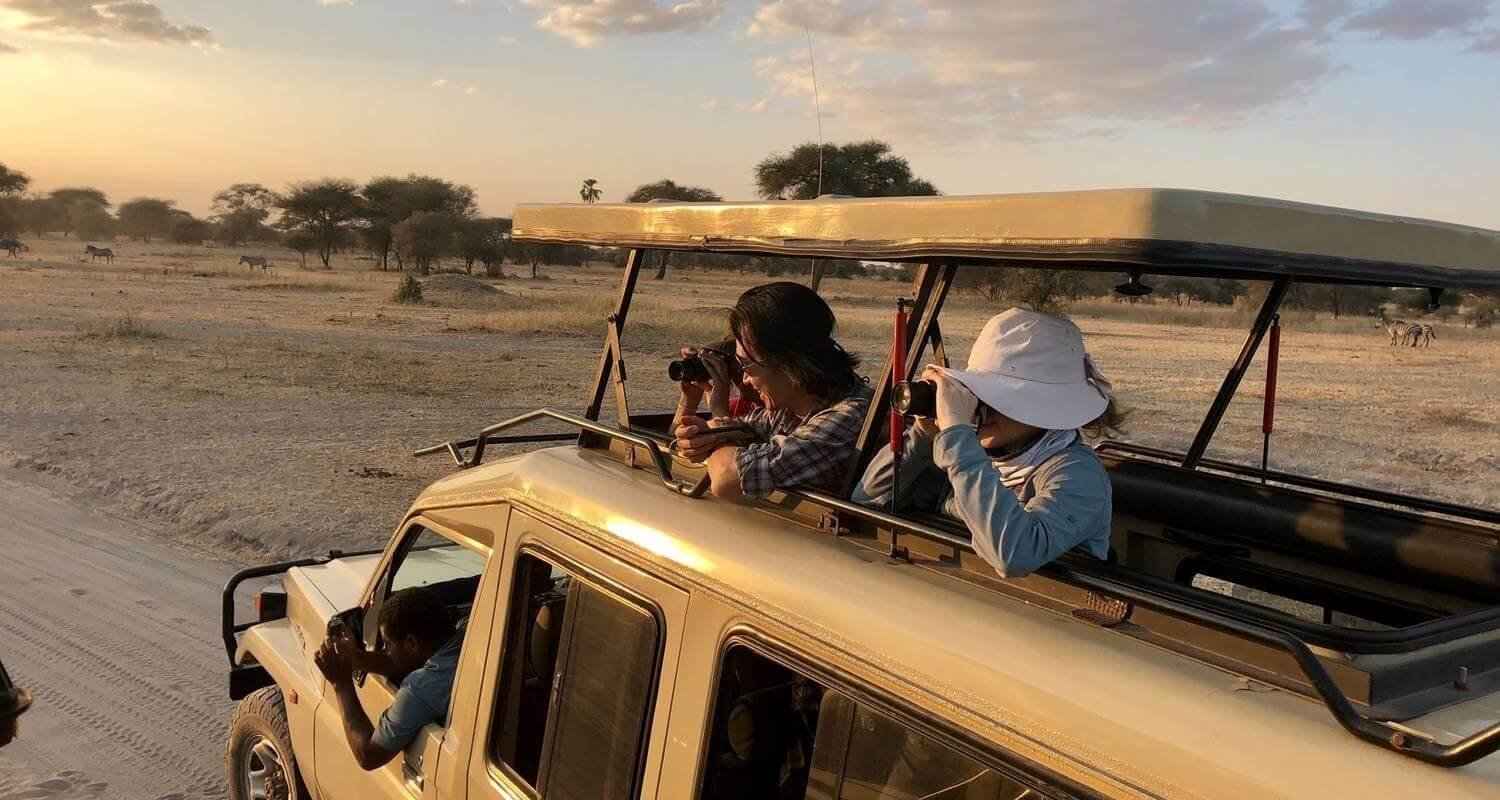The Serengeti Wildebeest Migration Safari is one of the most extraordinary wildlife experiences on the planet. Every year, millions of wildebeest, accompanied by zebras and gazelles, traverse the vast plains of the Serengeti and Masai Mara in search of greener pastures. This incredible natural spectacle draws thousands of wildlife enthusiasts and photographers who hope to witness the drama of river crossings, predator-prey interactions, and the sheer scale of the migration. If you are planning a Serengeti Wildebeest Migration Safari, understanding the timing, routes, and expert tips will enhance your experience and ensure unforgettable memories.
When to Plan Your Serengeti Wildebeest Migration Safari
Timing is everything for a successful Serengeti Wildebeest Migration Safari. The migration is a year-round event, but its exact location changes with the seasons. From December to March, the herds are typically found in the southern Serengeti near the Ndutu and Ngorongoro regions. This period is ideal for calving, as thousands of wildebeest calves are born, attracting predators and providing remarkable wildlife viewing.
From April to June, the herds gradually move northwest towards the central Serengeti. During this time, the plains are lush with fresh vegetation, making wildlife sightings more abundant. By July through September, the Serengeti Wildebeest Migration Safari reaches its peak excitement with the famous river crossings at the Mara River in the northern Serengeti. Witnessing hundreds of wildebeest navigate crocodile-infested waters is a once-in-a-lifetime experience. From October to November, the herds begin returning southward, completing the migration cycle and preparing for the next calving season.
Choosing the Right Safari Experience
A Serengeti Wildebeest Migration Safari can be tailored to different preferences and budgets. Luxury lodges and tented camps provide comfort and close proximity to the migration routes, while budget-friendly options offer a more immersive bush experience. For photography enthusiasts, a guided safari with an experienced tracker ensures you are in the best spots during key moments of the migration.
Game drives are the most common way to experience the Serengeti Wildebeest Migration Safari, but hot air balloon safaris offer a unique vantage point over the plains. The sunrise over the Serengeti during a balloon ride provides breathtaking panoramas of the migrating herds and the surrounding landscapes, making it an unforgettable adventure.
Essential Tips for Your Safari
To maximize your Serengeti Wildebeest Migration Safari, planning and preparation are crucial. First, book your safari well in advance, especially if your trip coincides with peak migration months like July and August. Consider traveling with a reputable tour operator who specializes in migration safaris to ensure access to the best locations and knowledgeable guides.
Pack appropriately for varied conditions. Daytime temperatures in the Serengeti can be warm, but mornings and evenings may be chilly. Lightweight clothing, a wide-brimmed hat, sunscreen, and sturdy walking shoes are essential. Binoculars and a high-quality camera will help capture the remarkable wildlife encounters that define the Serengeti Wildebeest Migration Safari experience.
Respect for wildlife and the environment is paramount. Maintain a safe distance from animals, avoid loud noises, and follow your guide’s instructions. This ensures not only your safety but also the preservation of the Serengeti’s natural beauty for future visitors.
Highlights of the Serengeti Wildebeest Migration
The main attraction of a Serengeti Wildebeest Migration Safari is the spectacle of movement itself. Witnessing millions of wildebeest and zebras traveling together is awe-inspiring. The dramatic river crossings, where predators lie in wait, offer some of the most intense wildlife action in the world.
Other highlights include spotting lions, cheetahs, and hyenas that follow the herds, as well as enjoying the scenic landscapes of the Serengeti’s endless plains. Birdwatchers will also be delighted, as the migration attracts numerous bird species, adding another layer of fascination to your safari adventure.
Planning Your Trip
When planning a Serengeti Wildebeest Migration Safari, consider the duration of your trip. A 3- to 7-day safari is ideal for witnessing multiple aspects of the migration, including predator interactions, calving, and river crossings. Make sure to check park regulations, entry fees, and necessary permits well in advance.
Travel insurance and vaccinations should also be prioritized. Staying healthy and safe allows you to fully enjoy the magic of the Serengeti Wildebeest Migration Safari without interruption.
Conclusion
A Serengeti Wildebeest Migration Safari is a once-in-a-lifetime adventure that combines thrilling wildlife encounters, stunning landscapes, and unforgettable experiences. Proper timing, planning, and guidance can turn your safari into an extraordinary journey, allowing you to witness one of nature’s most remarkable events. Whether you aim to photograph the dramatic river crossings, observe predators in action, or simply immerse yourself in the beauty of the Serengeti, this safari promises memories that will last a lifetime. By following expert tips and respecting the environment, your Serengeti Wildebeest Migration Safari will be not only safe and comfortable but also deeply rewarding, offering a profound connection with the wild heart of Africa.



